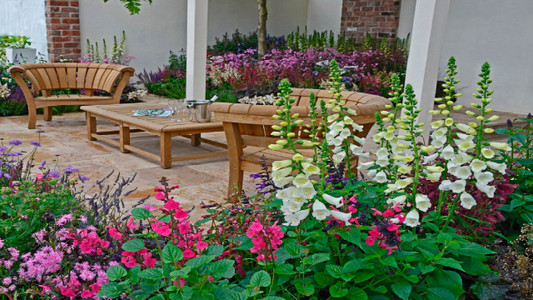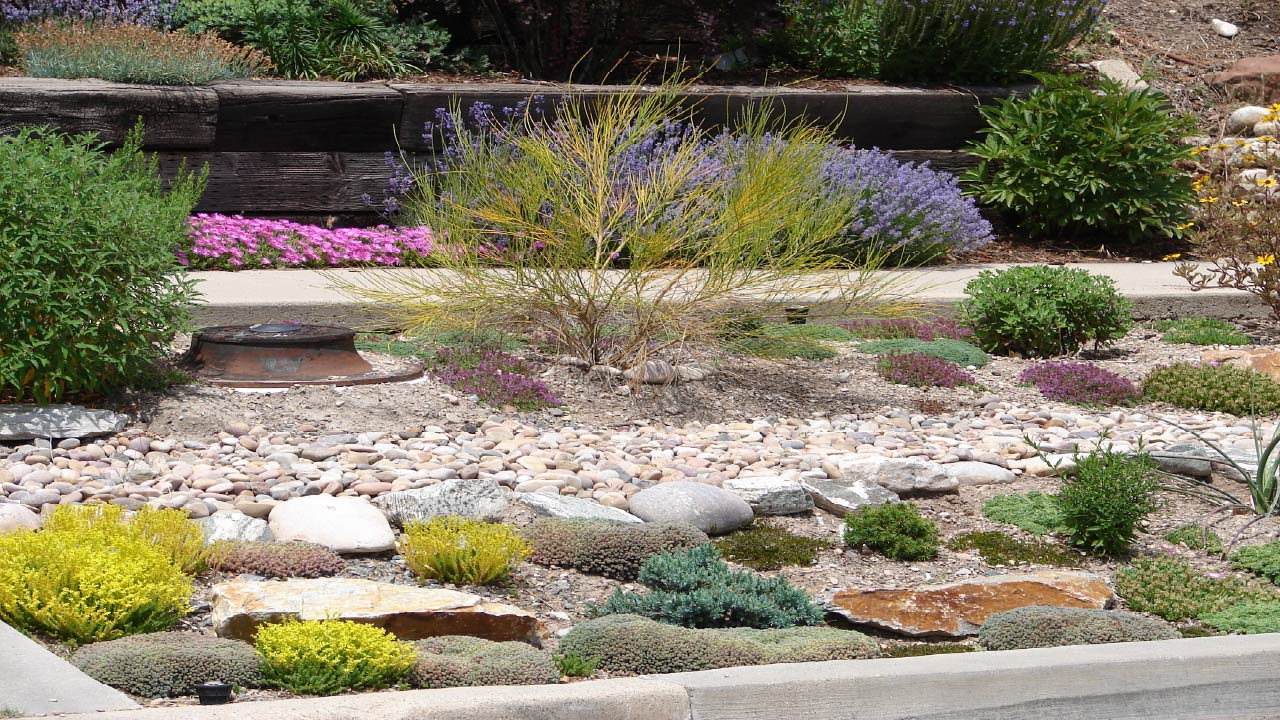Gardening is a fun and relaxing hobby. But, watering plants can use a lot of water. Water is very important for plants. Still, using too much water is not good for the earth. A waterwise garden helps save water. It uses less water but keeps plants healthy. Here, you will learn simple ideas for planting a waterwise garden.
What Is a Waterwise Garden?
A waterwise garden is a garden that uses little water. It uses plants that need less water. It also uses smart ways to keep water in the soil. This kind of garden saves water and money. It is good for dry places too. You can have a green garden without wasting water.
Why Choose Waterwise Gardening?
- Save water for future use.
- Spend less money on water bills.
- Help protect the environment.
- Keep plants healthy in dry weather.
- Reduce time spent watering plants.
Best Plants for Waterwise Gardens
Choosing the right plants is key. Some plants need less water. These plants can live well in dry soil. Here are some good choices:
| Plant Name | Water Needs | Notes |
|---|---|---|
| Lavender | Low | Likes sunny and dry spots. |
| Succulents | Very Low | Store water in leaves. |
| Rosemary | Low | Good for cooking and smells nice. |
| Agave | Low | Strong and needs little water. |
| Yarrow | Low | Bright flowers, drought tolerant. |
| Oleander | Low | Grows well in hot places. |
These plants are easy to grow and save water.
How to Prepare Your Garden for Waterwise Planting
Good soil helps plants grow with less water. Follow these steps:
- Test your soil. Check if it drains well or holds water.
- Add organic matter. Compost or mulch helps keep moisture.
- Fix soil problems. If soil is hard, loosen it before planting.
- Shape the land. Make small hills or valleys to hold water.
Watering Tips for Waterwise Gardens
Even waterwise plants need some water. Water plants smartly to save water.
- Water early in the morning or late at night.
- Use drip irrigation or soaker hoses.
- Water only the soil, not the leaves.
- Check soil moisture before watering again.
- Avoid watering on windy days.
These tips help water go to plant roots and reduce waste.
Use Mulch to Keep Water in Soil
Mulch is a layer of material put on the soil surface. It helps keep soil moist. Mulch also stops weeds from growing. Weeds use water and take nutrients from soil.
Good mulch materials are:
- Wood chips
- Straw
- Leaves
- Grass clippings
Put mulch around plants, about 2-4 inches thick. Leave a small space near plant stems.
Group Plants by Water Needs
Put plants that need similar water together. This way, you can water them properly. It stops overwatering some plants. It also helps save water and keeps plants healthy.
Collect Rainwater for Your Garden
Rainwater is free and good for plants. You can collect rainwater in barrels. Use this water to water your garden. It saves tap water and helps plants grow better.
Use Ground Covers to Reduce Water Loss
Ground covers are low plants that spread over soil. They keep soil cool and moist. They stop water from evaporating quickly.
Good ground covers for waterwise gardens are:
- Creeping thyme
- Ice plant
- Sedum

Credit: www.penick.net
Design Ideas for Waterwise Gardens
Here are some ideas to make your garden waterwise and pretty.
- Rock gardens: Use stones and drought plants.
- Raised beds: Better control of soil and water.
- Shade trees: Protect plants from hot sun.
- Pathways: Use gravel or mulch instead of grass.
- Containers: Grow waterwise plants in pots.
Benefits of Waterwise Gardening
A waterwise garden helps the environment and your home. Here are some benefits:
| Benefit | Explanation |
|---|---|
| Water saving | Uses less water than normal gardens. |
| Cost saving | Lower water bills and less maintenance. |
| Environment friendly | Protects water resources and soil. |
| Low maintenance | Less watering and care needed. |
| Attractive garden | Beautiful plants that fit dry climates. |
Common Mistakes to Avoid
When starting a waterwise garden, avoid these errors:
- Choosing plants that need too much water.
- Watering at the wrong time of day.
- Not using mulch to keep soil moist.
- Planting all plants too close together.
- Ignoring soil health and preparation.
Simple Steps to Start Your Waterwise Garden
- Choose a sunny spot with good soil.
- Pick waterwise plants suited for your climate.
- Prepare the soil by adding compost.
- Plant your chosen plants carefully.
- Use mulch to cover soil around plants.
- Water plants early in the morning.
- Group plants by water needs.
- Collect rainwater if possible.

Credit: www.dripworks.com
Frequently Asked Questions
What Is A Waterwise Garden?
A waterwise garden uses plants that need less water. It conserves water and thrives in dry climates.
Why Choose Drought-tolerant Plants?
Drought-tolerant plants save water. They’re ideal for dry areas and require less maintenance.
How Do I Start A Waterwise Garden?
Begin with a plan. Choose the right plants. Use mulch and efficient irrigation.
Which Plants Are Best For Waterwise Gardens?
Succulents, lavender, and sage work well. They require little water and are easy to care for.
Conclusion
Planting a waterwise garden is a smart choice. It saves water and helps the planet. You can still have a beautiful and green garden. Use plants that need less water. Take care of your soil and water plants wisely. Add mulch and group plants by their needs. Try collecting rainwater for watering. These simple ideas make gardening easy and water-friendly. Start your waterwise garden today. Enjoy healthy plants and save water at the same time.
5 min read

